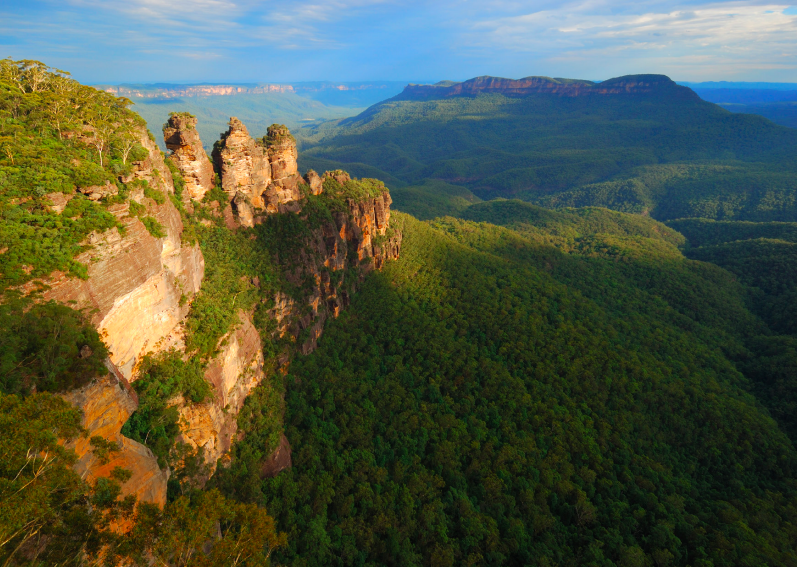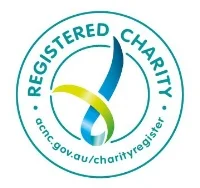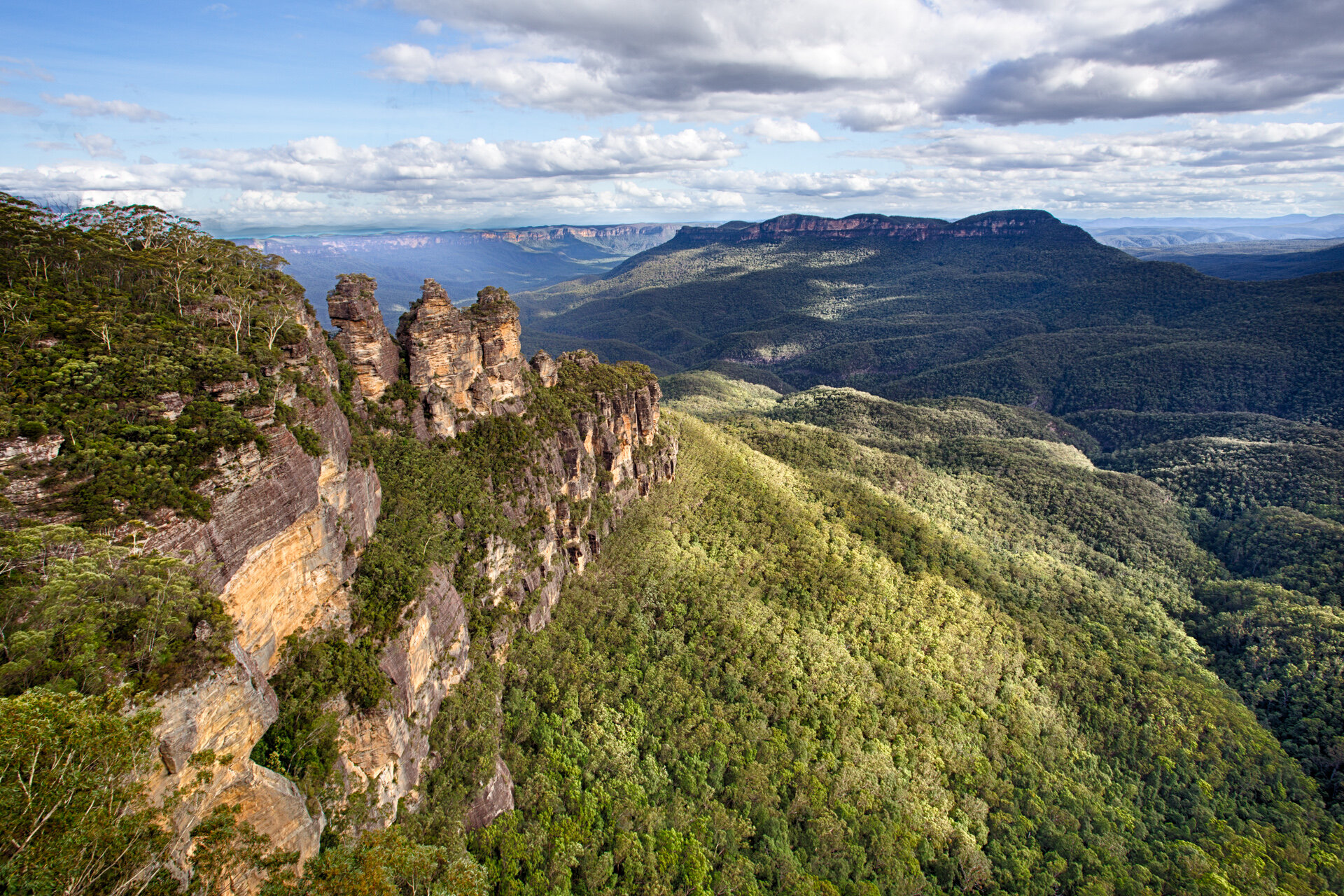
PROTECTING NATURE TOGETHER
LEARN MORE ABOUT THE BLUE MOUNTAINS WORLD HERITAGE INSTITUTE
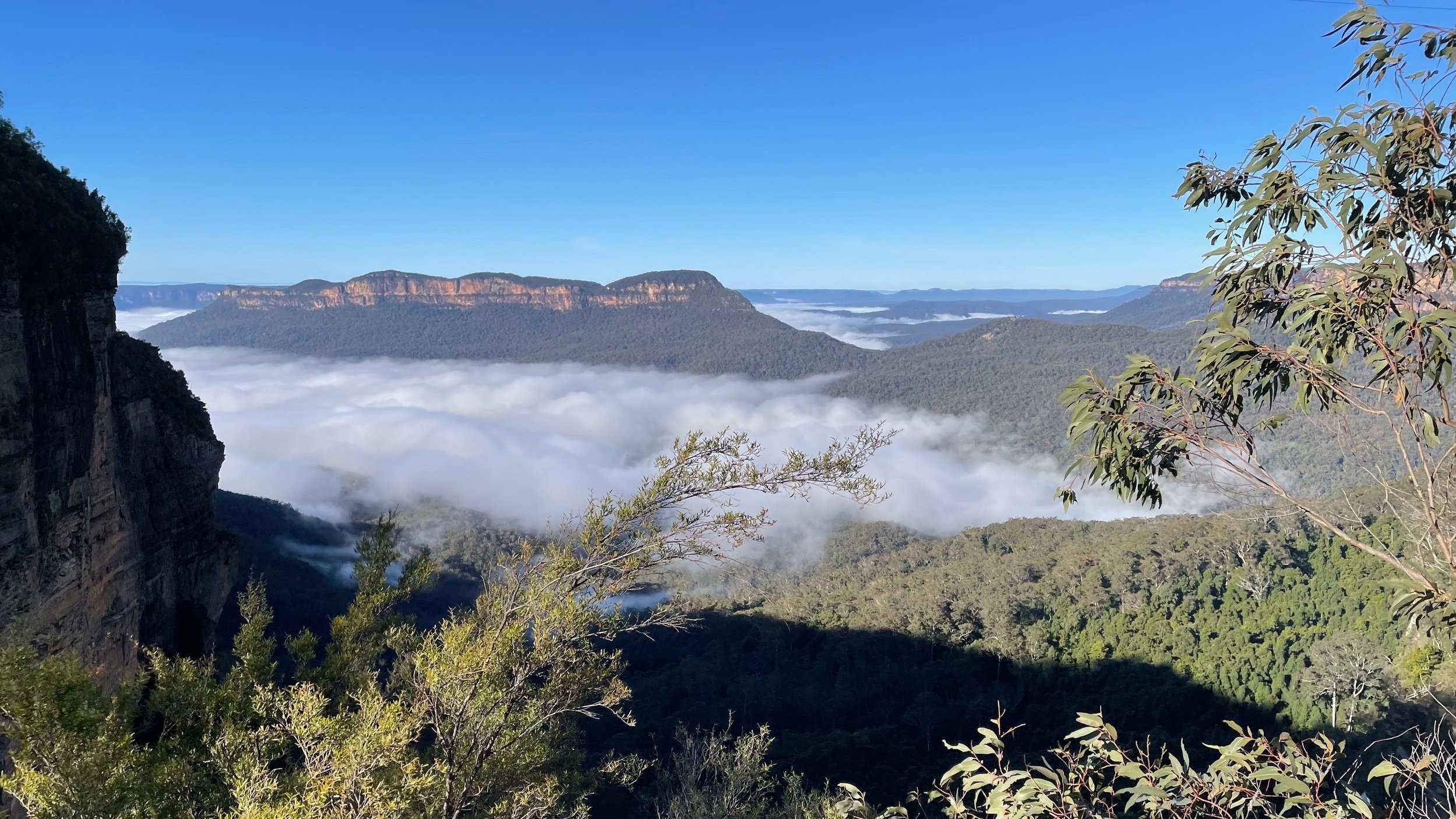
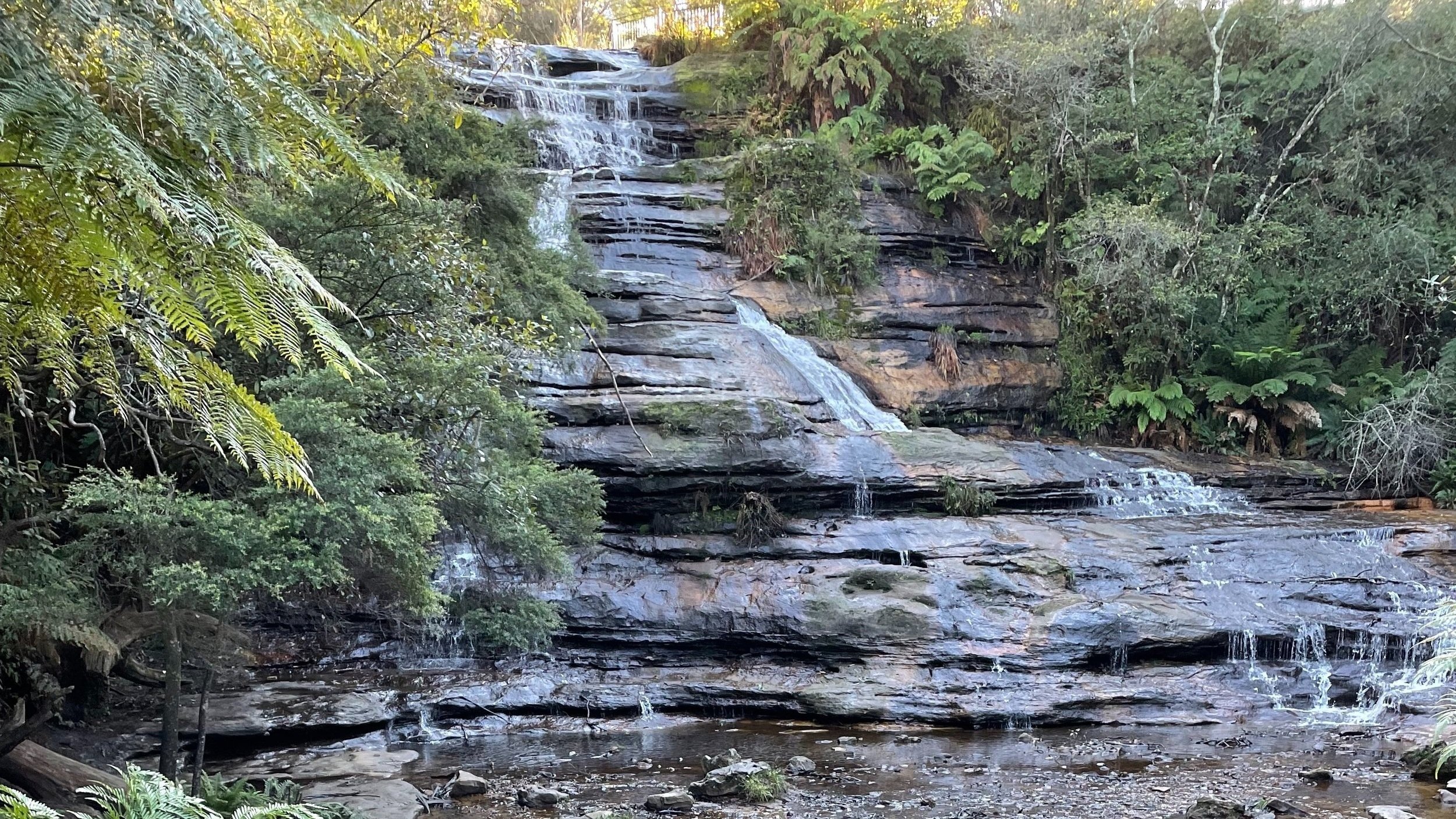

THE BLUE MOUNTAINS WORLD HERITAGE INSTITUTE
Protecting Nature Together

WHY WE EXIST
The Greater Blue Mountains World Heritage Area of Australia is an awe-inspiring natural and cultural landscape of over a million hectares.
The exceptional biodiversity and ecosystems of the Blue Mountains provide clean air and water to the Greater Sydney region and a healthy escape into nature for over five million visitors a year.
Like most protected areas, the Blue Mountains region is threatened by climate change, development, wildfires, habitat loss and species extinction.
We respond to these threats by sharing knowledge and developing practical solutions for a sustainable future.
ABOUT US
We are an independent, not-for-profit Institute based in the Blue Mountains World Heritage Area of Australia.
We conduct research, collaborate worldwide and engage with communities to develop innovative strategies for conservation and sustainability.
As a member of the International Union for the Conservation of Nature (IUCN), we are part of a global community working to protect important natural areas around the world.
We acknowledge and pay our deepest respects to the Dharug, Gundungurra, Wanaruah, Wiradjuri, Darkinjung and Tharawal language groups as the traditional owners of the Greater Blue Mountains World Heritage Area.
WHAT WE DO
EDUCATION
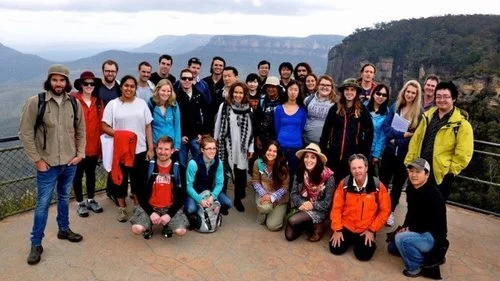
With the Protected Areas Collaboration, we deliver education and training that builds knowledge and capacity in conservation.
Learn more →
RESEARCH

We produce research and tools to inform protected area management and build ecosystem resilience.
Learn more →
ENGAGEMENT

We engage communities in protecting ecological and cultural values and building resilience to climate change.
Learn more →
NEWS & EVENTS
New Flight Paths: Potentially significant impacts on wildlife of the Greater Blue Mountains Area.
Following an extensive review of the Environmental Impact Statement on the Flight Paths, we believe there may be significant impacts on the GBMWHA’s biodiversity, Integrity and cultural values.
As we wrap up the year, I’d like to share with you our Annual Report where we reflected on a transformative year for the Institute. To assist us in delivering this mission we welcome two local experts in their field, Dr Lindsey Gray as Research Program Manager and Ms Julie Bishop in the role of Marketing and Communications Manager.
We are delighted to announce two new job openings that will play a pivotal role in our mission to protect the Greater Blue Mountains World Heritage Area. We are actively seeking candidates for the positions of Research Program Manager and Marketing & Communications Manager.
The Blue Mountains World Heritage Institute wholeheartedly supports the Uluru Statement from the Heart, including the call for a First Nations Voice enshrined in the Constitution, Treaty, and Truth-telling.
We acknowledge and deeply respect First Nations people as the original Traditional Custodians of the land and waters of Australia, recognising their sovereignty that was never ceded. We believe that a Voice to Parliament is a vital step towards recognising this in our nation's founding document and our laws.
The International Council on Monuments and Sites (ICOMOS) is gearing up to host its much-anticipated 21st General Assembly and Scientific Symposium in Sydney August 31 - September 9. The overarching theme, "Heritage Changes," is a clarion call to examine the dynamic shifts shaping the 2020s and the pivotal role heritage plays in driving positive change and fostering a sustainable future. Find out more here.
NSW National Parks and Wildlife Service (NPWS), Blue Mountains City Council (BMCC) and the Blue Mountains World Heritage Institute (BMWHI) are working on a shared research agenda designed to address the vulnerability of the site and focus on building ecosystem resilience in the face of multiple pressures such as Climate Change, Fire and Biodiversity Loss. This research agenda reflects a shared commitment to better manage, protect and promote the natural and cultural values of the Greater Blue Mountains through collaborative research that builds and integrates multiple knowledge bases and enables adaptive management. Find out more here.
The growing collaboration between NPWS, BMCC and the Institute aims to optimise existing and future efforts to protect, manage, and appreciate the GBMA, and to demonstrate impact through measurable outcomes based on protecting the Outstanding Universal Values. This includes focussing on current issues while anticipating future needs and threats. It also means setting up systems that drive reliable interagency engagement and innovation
This month's newsletter covers our community engagement efforts, plans for a collaborative research agenda, evidence-based positions on conservation, and an upcoming field trip for Master's students studying large-scale conservation in practice. Read our Newsletter here
Fuelled by evidence that the planet is entering its sixth mass extinction event, global leaders from 196 countries committed to 23 targets to stem this tide of extinction.
The Kunming-Montreal Global Biodiversity Framework aims to address biodiversity loss, restore ecosystems and protect Indigenous rights, and includes concrete measures to halt and reverse nature loss, including putting 30% of the planet and 30% of degraded ecosystems under protection by 2030.
The full Framework and Targets can be read here
Vale Dr Haydn Washington - All of us at the Blue Mountains World Heritage Institute are deeply saddened by the recent passing of Haydn Washington. Haydn was Research Manager for the Institute for a period of time and since the Institute’s inception has been a pivotal collaborator. He co-facilitated a workshop on varied perceptions of ‘wilderness’ with a focus on Indigenous perspectives, and later joined our teaching team in the Master of Environmental Management at the University of NSW, where he expanded his work in academia. Haydn was a person who felt deeply and passionately in his tireless work to protect the natural world and his presence is sorely missed.
IUCN DG Bruno Oberle addresses the plenary at UN Convention on Biological Diversity COP 15
“COP15 offers a unique, once in a lifetime opportunity to set a clear path towards a nature-positive society and economy by 2030. For this to happen, we must secure a bold, ambitious yet practical Post-2020 Global Biodiversity Framework here in Montreal.”
The full IUCN Statement is available here.
Ever wonder why the Blue Mountains are regarded as World Heritage? Now is your chance to find out while having some fun too.
Scenic World and the Blue Mountains World Heritage Institute are celebrating the anniversary of the Blue Mountains being globally recognised as a UNESCO World Heritage site by hosting two guided tours on 3 December 2022 at Scenic World.
FROM THE BLOG
The Reimagining Conservation Forum - Working Together for Healthy Country, will be held in Brisbane from Nov 2nd - 4th, 2022. This First Nations-led Forum brings together First Nations leaders and practitioners involved in the policies and practices of land and sea management across Australia.
A video is now live on the critical post-fire monitoring project we are conducting in the Grose Valley region of the Blue Mountains. A diverse team of hydrologists, geomorphologists and ecologists is collecting data and modelling scenarios to inform remedial actions and fire preparations.
In Dec 2021 the public was invited to hear cultural ecologist David Abram in conversation with the leading voices of Australia’s First Peoples as they explored our place in the more-than-human world. The video recording of each webinar is now available to view.
Scenic World and the Institute are committed to collaborating to continue the ecological monitoring program in the Jamison Valley, below and around Scenic World, and contributing to ecological data sets for the benefit of science and the public.
We’re pleased to report that our iNaturalist project, capturing observations of flora and fauna across the Greater Blue Mountains World Heritage Area, surpassed 50,000 observations of over 4000 species in January 2022, thanks to over 2,000 citizen scientists.
In December 2021 the Institute held a workshop to demonstrate the first development iteration of our Upland Swamps decision support system. The workshop engaged end-users in prioritising early-warning and decision-making needs for future platform development.
We are delighted to share the news that Victoria Austin has joined the Institute as our new Ecological Programs Manager. Victoria is a Fulbright scholar and PhD candidate at the Lab of Animal Ecology at the Hawkesbury Institute for the Environment, University of Western Sydney.
On Thursday 18th November a group of our volunteer citizen scientists met our new Ecological Programs Manager, Victoria Austin at the Fairfax Track site in Blackheath. The event marked the official restart of our citizen science ecological monitoring program after many months of lockdown.
On Nov 2nd our Blue Gum Forest team once again descended into the Grose Valley to document the health of the Blue Gum Forest after the fires. The expedition group included Rosalie Chapple, Wyn Jones, Alex Allchin, Keith Muir, Simona Ermilova, Daniel Merson, Mengran Yu and Floris Van Ogtrop.
On Sunday 31st October, Dr Ian Wright and project intern Holly Nettle ventured out into the field to collect new sets of data from the swamps we are monitoring at Lawson, Bullaburra and Medlow Bath, as part of our Upland Swamps project. Dr Wright shared posts about the expedition on Twitter.
Emma Koch is a Blue Mountains local with a Bachelor of Science majoring in Environmental Studies with Honours in Geography. Emma heard about our ecological monitoring through our partnership with Scenic World, where she works. Emma joined our Ecological Monitoring program in 2019.
We had a wonderful day out in the field in early October with the creative artists involved in our Recovery exhibition. Our eco-printmakers spent the day stringing up their finished works to be photographed and were also interviewed by our KFM Media documentary team.
As soon as restrictions allowed, our vaccinated and ready post-fire survey team didn't hesitate to trek all the way down into the Grose Valley to camp out and collect data in the Blue Gum Forest. We are currently collating all the data and will provide a more detailed update on the project soon.
Holly Nettle is currently an Environmental Science cadet with the Blue Mountains City Council and a research intern with the Blue Mountains World Heritage Institute, helping us out with coordination and data collection relating to our Upland Swamps monitoring and decision support project.
Atlassian staff are offered 5 days of paid volunteer time to give to the not-for-profit organisation of their choice. This year, we were delighted to hear from Atlassian staff member Sam Leatherdale, who wanted to gift his skills to the development our Low Carbon Living calculator.
A new video about our upland swamps project is now live. This project is monitoring several upland swamps in the Blue Mountains with an aim to develop an ongoing monitoring and management program plus a decision support tool to help inform remediation and conservation efforts.
This NAIDOC week we declare our support for the theme Heal Country! and reaffirm our commitment to learning from and working with the traditional owners of the lands on which we work and live. We acknowledge that sovereignty was never ceded and that it Always Was, Always Will Be Aboriginal land.
Our e-newsletter for May 2021 is available to view online: BMWHI May 2021 Update. Our May e-newsletter contains news and activity updates from earlier in 2021 as well as a glimpse at what events are to come. To sign up to receive our newsletter, please visit: https://www.bmwhi.org/newsletter
A new video about our citizen science ecological monitoring program is now live. The program involves community members working with scientists to monitor long-term changes and movements of flora, fauna, and ecosystems across the Blue Mountains.
A new video about the BMWHI project engaging schools and youth groups in ecological monitoring across the Blue Mountains is now live. The project and the video were made possible thanks to the generous support of the Peter und Luise Hager Foundation and the Coca Cola Australia Foundation.
Wetlands should never burn, but a swamp in the Newnes Plateau did because it was undermined by coal mining. The Nature Conservation Council of NSW teamed up with Lithgow environmentalists to investigate and document damage to areas affected by mining. What they discovered was a disaster.
Periodic fires are a normal part of the lifecycle of many ecosystems, but climate change is creating mega-fires that instead of supporting biodiversity threaten to destroy it. BMWHI Executive Director Dr John Merson writes for the IUCN blog.
33% of natural World Heritage sites are threatened by climate change and climate change is now the biggest threat to natural World Heritage, according to a report published on December 2nd by the IUCN (International Union for Conservation of Nature).
The Protected Areas Collaboration (PAC) for Learning & Research is now taking applications for their next round of scholarships.
BMWHI Adaptive Management for Conservation courses are eligible for scholarship support. Visit PAC Scholarships for more information and to apply.
JOIN OUR GIVING COMMUNITY
There are many ways to give to the Blue Mountains World Heritage Institute.
We welcome all kinds of support.
VOLUNTEER

Join our growing community of citizen scientists or volunteer to help us in ways that suit your skills. Learn more →
PARTNER
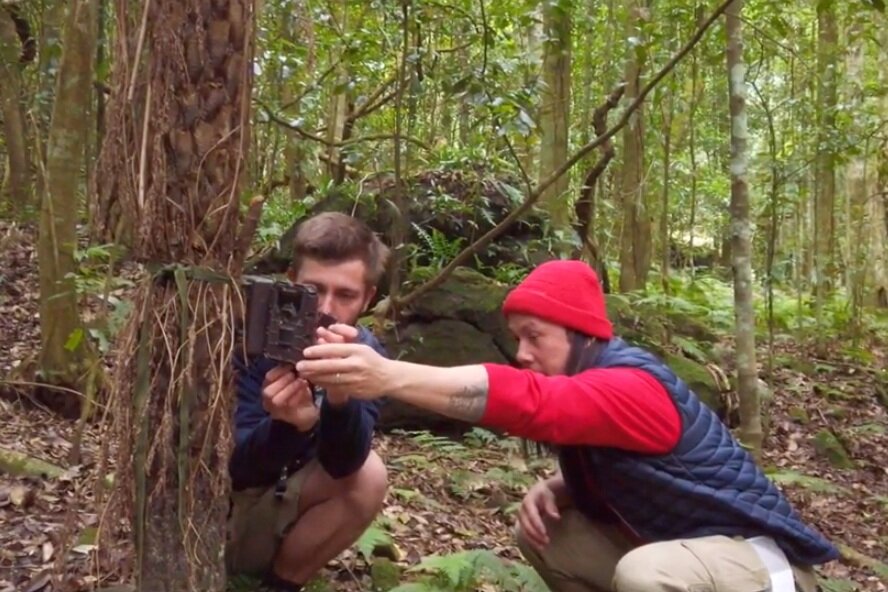
Become a corporate partner or sponsor - we love our partnership with the Scenic World Shared program. Learn more →
DONATE
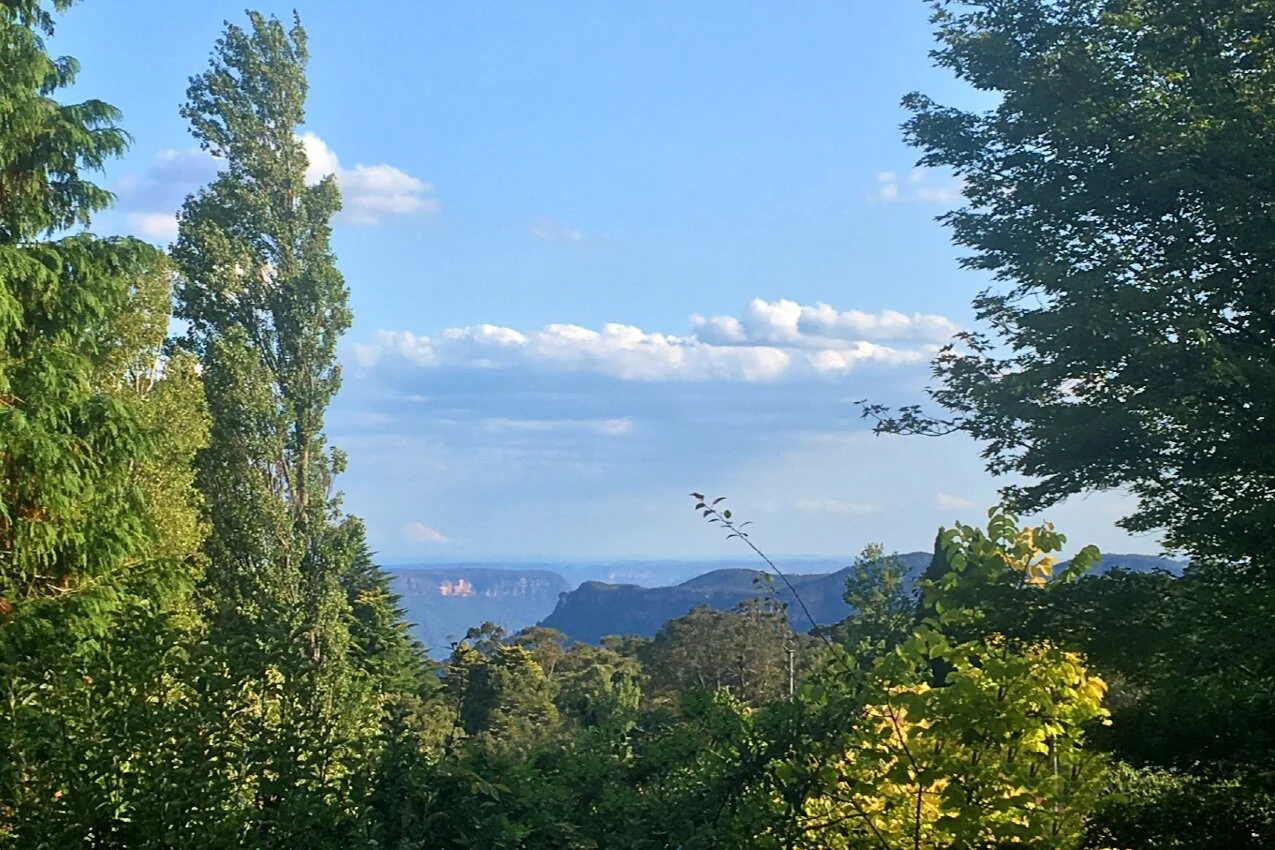
You can also make a one-off or ongoing donation to us. All gifts above two dollars are tax deductible. Learn more →
OUR PARTNERS







